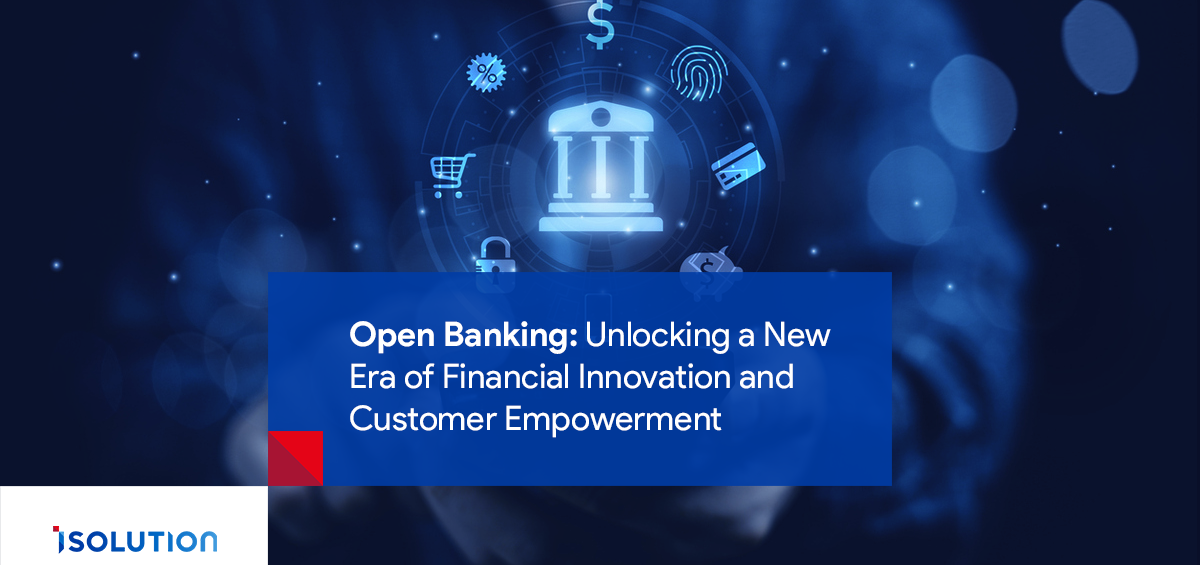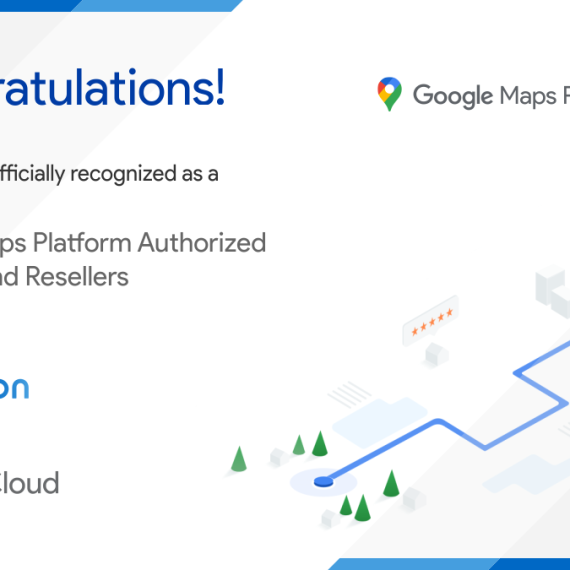In an increasingly digital world, customer expectations are evolving at lightning speed, especially when it comes to financial services. Traditional banking models, often slow to adapt, are being challenged by a more agile, transparent, and customer-centric approach: Open Banking.
Open Banking refers to the practice of banks and financial institutions securely sharing customer financial data, with their consent, through application programming interfaces (APIs). This creates a dynamic financial ecosystem where third-party developers, fintechs, and even competing banks can build services around the data, leading to more choice, better products, and enhanced user experiences.
How It Works
At the core of Open Banking is API connectivity. When a customer authorizes access, a third-party app or service can retrieve banking information such as transaction history, balances, and account details from their bank.
This enables a wide range of use cases:
- Personal finance management tools that aggregate data across banks
- Alternative credit scoring for underserved populations
- Seamless payments and money transfers between apps and accounts
- Automated lending and wealth advisory services
The benefits are numerous, but the key lies in the customer-centric shift: putting users in control of who accesses their data and how it’s used.
Opportunities for Banks, Fintechs, and Consumers
Open Banking is not a threat to traditional banks,it’s an opportunity. Forward-thinking institutions are embracing this model to:
- Create new revenue streams through premium APIs and partnerships
- Enhance customer retention by offering integrated digital experiences
- Improve internal efficiencies through better data utilization
For fintechs and third-party providers, Open Banking removes the barriers to entry in a once tightly controlled industry, enabling startups to create niche solutions quickly and cost-effectively.
Consumers, meanwhile, stand to benefit the most. Open Banking can lead to:
- More personalized financial products
- Lower fees through competition
- Greater transparency in financial services
- Financial inclusion for unbanked or underbanked populations
Challenges and Considerations
Despite its benefits, Open Banking is not without challenges. Concerns around data privacy, cybersecurity, and regulatory compliance remain top of mind. For Open Banking to succeed, robust security measures, strict data governance policies, and strong customer authentication processes must be in place.
Additionally, customer education is crucial. The value of Open Banking can only be realized if users understand how their data is being used and trust the platforms accessing it.
The Future of Open Banking
As the financial world becomes more open, collaborative, and data-driven, Open Banking is set to become the standard,not the exception. Its impact goes far beyond banking, influencing insurance, investments, e-commerce, and even government services.
iSolution is helping organizations navigate the complexities of Open Banking by offering secure, scalable solutions that integrate seamlessly into the digital finance landscape. Whether you’re a bank, a fintech, or a tech enabler, we can support your journey toward building a connected, customer-first future.







Leave a Comment